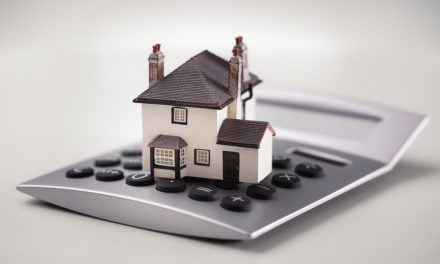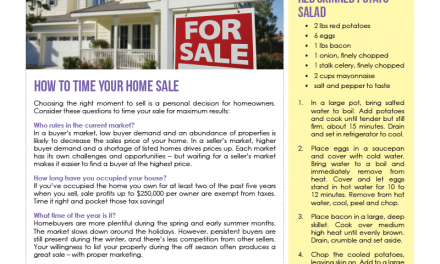This is the eighth episode in our new weekly video series covering property management principles. This episode covers a property manager’s initial comprehensive review of all lease and rental agreements on entering into a property management agreement, and their periodic evaluation to minimize expenses and maximize rental income. Also covered is a property manager’s contracting for property repairs and replacements.
The prior episode illustrates the critical moments when a property manager inspects a property.
Comprehensive review of all lease and rental agreements
On entering into a property management agreement, a broker conducts a comprehensive review of all lease and rental agreement forms used by the landlord, including changes and the use of other forms proposed by the broker. [See RPI Form 590]
Also, the competent property manager prepares a worksheet containing the dates of lease expirations, rent adjustments, tenant sales reports, renewal or extension deadlines, and grace periods for rent payments and late charges. Computer programs have made this tracking easier.
Periodic evaluations by the property manager of existing leases and rental agreements are undertaken to minimize expenses and maximize rental income. Vacant units are evaluated to determine the type of tenant and tenancy desired (periodic versus fixed-term), how rents will be established and which units consistently under-perform.
The amount of rental income receipts is directly related to the property manager’s evaluation of the rents charged and implementation of any changes. A re-evaluation of rents includes the consideration of factors which influence the amount to charge for rent.
These factors include:
- market changes, such as a decrease or increase in the number of tenants competing for a greater or lesser availability of units;
- the physical condition and appearance of the property; and
- the property’s location, such as its proximity to employment, shopping, transportation, schools, financial centers, etc.
A property manager’s duty includes keeping abreast of market changes which affect the property’s future rental rates. With this information, they are able to make the necessary changes when negotiating leases and rental agreements. The more curious and perceptive the property manager is about tenant demands and available units/spaces as future trends, the more protection the landlord’s investment will receive against loss of potential income.
Maintenance and repairs as a responsibility
Obtaining the highest rents available requires constant maintenance and repair of the property. Possibly, this includes the elimination of physical obsolescence brought on by ageing.
The property manager is responsible for all the maintenance and repairs on the property while employed by the landlord. This responsibility still exists when the property manager delegates the maintenance of the units to the tenants in lease agreements.
The responsibility for maintenance includes:
- determining necessary repairs and replacements;
- contracting for repairs and replacements;
- confirming completion of repairs and replacements;
- paying for completed repairs and replacements; and
- advising the landlord about the status of repairs and replacements in a monthly report.
Different types of property require different degrees of maintenance and upkeep. For instance, a commercial or industrial tenant who occupies the entire property under a net lease agreement will perform all maintenance and upkeep of the property. [See RPI Form 552-2 and 552-3]
The broker, as the property manager, then has a greatly reduced role in the care and maintenance of the property under a net lease agreement. The property manager simply oversees the tenant to confirm they are caring for the property and otherwise fully performing the terms of the lease agreement.














